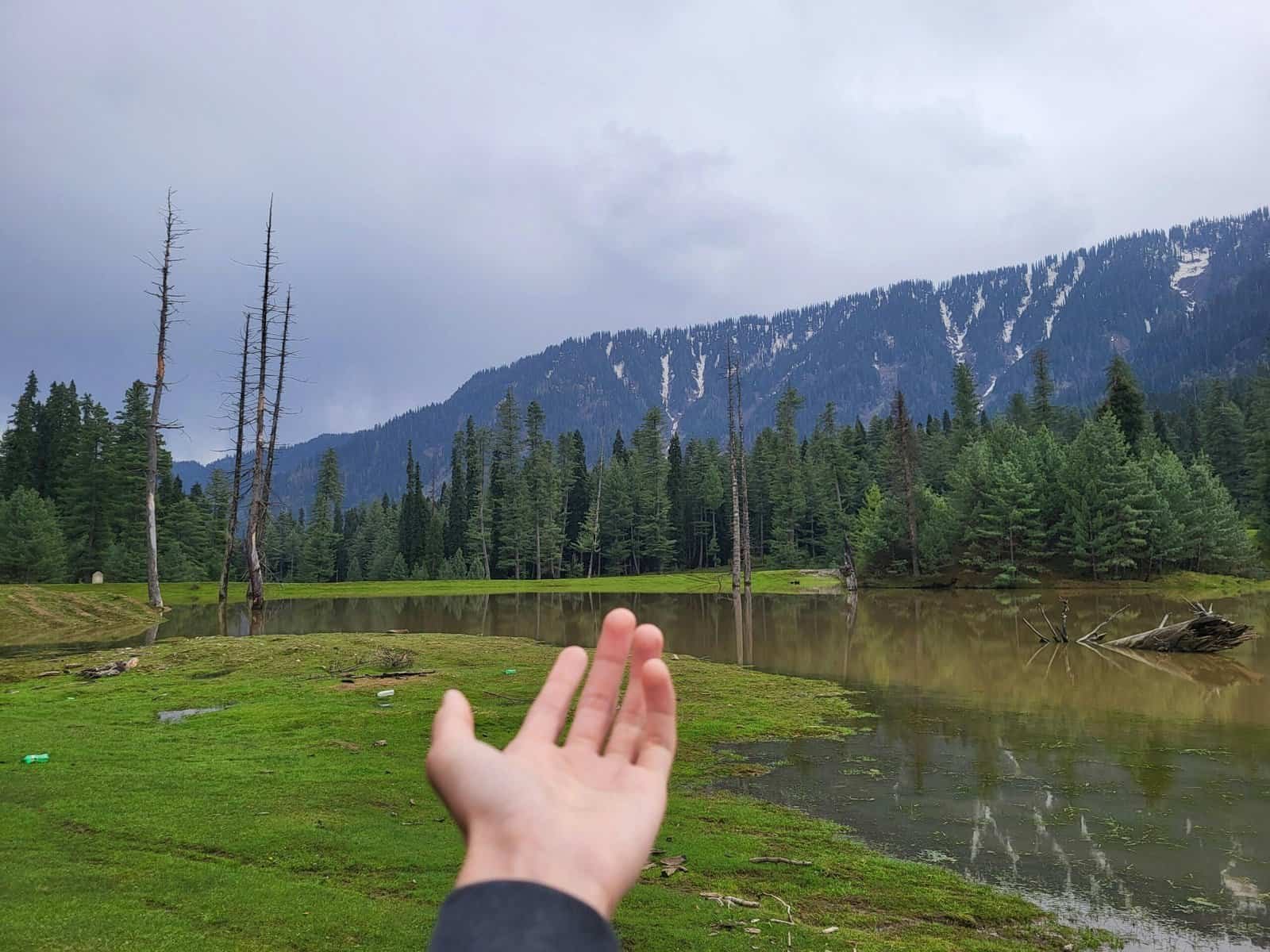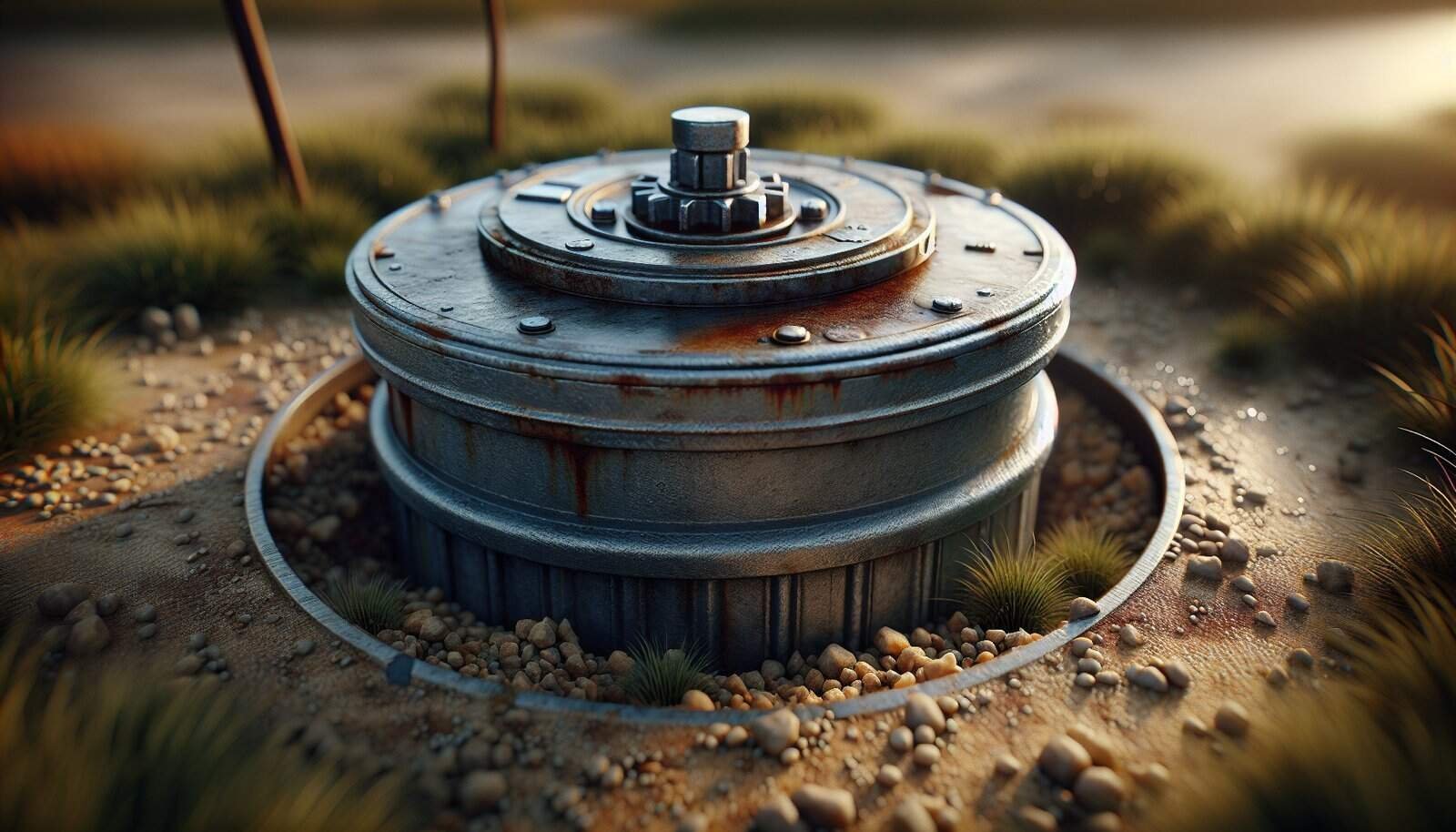How long can your residential water well safely provide clean, usable water for your household?

What Is The Safe Lifespan Of A Residential Water Well?
Understanding the safe lifespan of a residential water well helps you plan for maintenance, budgeting, and potential replacement. The answer isn’t a single number; it depends on many factors including construction, geology, water chemistry, and how you care for the system.
Typical Lifespans by Well Type
Different well types have different expected lifespans because of how they’re constructed and where they’re used. Knowing which category your well fits into gives you a baseline for what to expect.
Dug or Shallow Wells
Dug wells are typically shallow and were often hand-excavated or created with simple machinery. You can expect a relatively short lifespan, frequently 10–40 years, because they are more exposed to contamination and collapse.
Driven Wells
Driven wells use a small-diameter pipe driven into unconsolidated sediments. They often serve shallow aquifers and can last 10–25 years under typical conditions. Lifespan shortens if the water table declines or sediments cause clogging.
Drilled Wells (Cased and Screened)
Mechanically drilled and properly cased wells tapping deeper aquifers are the most durable option. These wells, often called bedrock or deep wells, commonly last 30–100 years when constructed to code and maintained. The casing and pumping equipment usually need periodic replacement.
Artesian and Flowing Wells
Artesian wells can flow naturally if the aquifer is under pressure. Their structural lifespan is similar to drilled wells, but managing pressure, scaling, and biological growth affects the functional lifespan.
Key Factors That Influence Lifespan
Your well’s durability depends on a combination of human and natural elements. Understanding these factors helps you take targeted actions to extend the well’s life.
Construction Quality and Materials
A well built with higher-quality casing, seals, and standard-compliant techniques lasts longer. If your well was installed by a licensed contractor using modern materials and best practices, you’re starting with a major advantage.
Depth and Local Geology
Deeper wells drawing from consolidated bedrock aquifers generally face fewer contamination risks and last longer than shallow wells. The type of rock or sediment determines how likely the well is to suffer from abrasion, collapse, or clogging.
Casing and Seal Integrity
Casing material (steel, PVC, or other) and the integrity of sanitary seals prevent surface water infiltration and casing corrosion. If casing fails or grout is inadequate, contaminants can enter the aquifer and shorten safe lifespan.
Water Chemistry
High iron, manganese, sulfides, or acidity can corrode metal parts, plug screens, and encourage bacterial growth. Hard water can build scale that reduces pump efficiency and increases wear.
Pump and Electrical Equipment
The mechanical components that deliver water — pumps, motors, control switches, and pressure tanks — usually fail before the well structure does. Proper sizing, installation, and maintenance of these components directly affect functional life.
Groundwater Level Fluctuations
If your water table drops due to drought or over-pumping, the pump may run dry or pull in sand and silt, causing damage. Stable groundwater levels favor longer well life.
Surface and Land Use Activities
Nearby septic systems, agricultural operations, road salt, fuel storage, and chemical use can contaminate the source if the wellhead or surrounding land isn’t protected. Contamination can force treatment or abandonment.
Biological Growth and Biofouling
Bacterial colonies, iron bacteria, and other biofilms can clog screens and pipes. Over time, biofouling reduces yield and water quality, requiring rehabilitation or replacement.
Maintenance and Monitoring Practices
Regular testing, routine maintenance, and quick repairs can dramatically extend both the structural and functional lifespan of your well. Neglect accelerates deterioration.
Signs Your Well Is Aging or Failing
Recognizing early warning signs helps you address problems before they require complete replacement. Monitor your well and household water regularly.
- Reduced yield: You notice weaker flow, longer pump run times, or the pump cycles more frequently. Reduced yield often indicates clogging, aquifer drawdown, or pump wear.
- Cloudy or discolored water: Brown, red, or blackish water suggests iron, manganese, or sediment intrusion. Sudden color changes can signal casing failure or surface contamination.
- Taste or odor changes: Rotten egg smell means hydrogen sulfide, while chemical tastes can indicate contamination. Any dramatic change deserves immediate testing.
- Increased turbidity or sediment: Sand or grit in your water points to screen or well collapse, or abrasive wear on pump components.
- Odd pump behavior: The pump runs more often, runs dry, or makes unusual noises. This suggests mechanical wear, improper controls, or reduced water supply.
- Negative pressure events or air in the lines: These symptoms can indicate cracked casing, failing seals, or a compromised water column.
Table: Common Symptoms and Likely Causes
| Symptom | Likely Cause | Immediate Action |
|---|---|---|
| Brown/red water | Iron or rust from casing/equipment | Test for iron, inspect pump, consider shock chlorination |
| Sand/grit | Screen erosion or aquifer sand production | Stop pump, have well inspected, consider screen repair |
| Foul odor | Hydrogen sulfide or bacterial growth | Test water, disinfect, evaluate treatment options |
| Low flow | Pump wear, clogged screen, lowered water table | Monitor water table, service pump, consider rehabilitation |
| Frequent cycling | Pressure tank failure or short drawdown | Check tank air charge, inspect pressure switch |
| Turbidity after rain | Surface infiltration through seal or wellhead | Inspect well cap, seal, and grading; test for contamination |

Routine Maintenance to Extend Lifespan
Regular maintenance is the most cost-effective strategy to prolong the safe life of your well. A consistent routine helps you spot problems early and saves you money compared to full replacement.
Annual Water Testing
Test for bacteria, nitrates, and other locally relevant contaminants at least once a year. If you notice changes in taste, smell, or clarity, test immediately.
Pressure Tank and Pump Checks
Check pressure tank air charge, controls, and pump condition annually or more often if you experience cycling or pressure loss. Replacing sacrificial parts every 10–15 years can avoid sudden failures.
Sanitary Seal and Well Cap Inspection
Inspect the wellhead and cap for cracks, gaps, or improper fittings at least once a year. Keep the area neat, graded away from the well, and free of hazardous materials.
Shock Chlorination
If bacterial contamination is detected or after repairs, disinfect the well with safe shock chlorination methods. This reduces biological fouling and improves water quality temporarily.
Well Rehabilitation When Needed
Mechanical cleaning (surging, jetting), chemical cleaning, or screen replacement can restore yield in many cases. Rehabilitation can add years or decades to a well’s functional life when performed by qualified professionals.
Table: Typical Maintenance Schedule
| Task | Frequency | Notes |
|---|---|---|
| Bacterial & nitrate testing | Annually (or after system repair) | More often if infants, pregnant women, or immune-compromised household members |
| Full water chemistry analysis | Every 3–5 years | Includes hardness, metals, pH, TDS |
| Pressure tank inspection | Annually | Check air charge and bladder condition |
| Pump service | Every 5–15 years | Depends on usage and pump type |
| Wellhead inspection | Annually | Ensure cap security and surface drainage |
| Shock chlorination | As needed | After contamination or maintenance work |
Rehabilitation vs Replacement: Knowing Which You Need
When your well shows signs of aging, you’ll face a decision: rehabilitate or replace. Both options have roles depending on the root problem and long-term goals.
When Rehabilitation Makes Sense
Rehabilitation is appropriate if the well structure is sound but productivity has dropped due to clogging, mineral scaling, or biofouling. Common rehab methods include mechanical surging, high-pressure jetting, and chemical treatment to dissolve scale and biological films. Rehab tends to be far less expensive than drilling a new well and can restore adequate flow.
When Replacement Is Necessary
Replace the well if the casing is heavily corroded, collapsed, or cracked, if the aquifer is irreversibly contaminated, or if the well cannot meet required yields even after rehabilitation. Replacement is also likely if you need to drill deeper to reach a more reliable aquifer or if local regulations mandate abandonment of unsafe wells.
Typical Cost Comparisons
| Action | Typical Cost Range (USD) | Notes |
|---|---|---|
| Routine testing & minor repairs | $150–$600/year | Varies with region and lab fees |
| Pump replacement | $800–$3,000+ | Depends on pump type and installation complexity |
| Well rehabilitation | $500–$5,000 | Depends on depth, method, and severity of fouling |
| Drilling a new well | $3,000–$15,000+ | Highly variable by depth, geology, and regional labor costs |
| Well abandonment (proper sealing) | $500–$3,000 | Required by many jurisdictions for unsafe wells |
Costs vary widely based on location, depth, local regulations, and the contractor’s rates. Get written estimates and references.

Testing and Monitoring: What You Should Check
Good testing is both routine and responsive. It guards your health and informs maintenance decisions.
Basic Tests to Schedule
- Bacteriological (total coliform and E. coli): At least annually, or anytime the well is serviced.
- Nitrates/Nitrites: Especially important if you have agricultural activity nearby or a septic system.
- pH, hardness, and alkalinity: Give insight into scaling and corrosion potential.
- Total dissolved solids (TDS): General indicator of mineral load.
- Metals (iron, manganese, arsenic, lead): Test based on geology and local concerns.
- Volatile organic compounds (VOCs) and pesticides: If industrial/agricultural contamination is possible.
Advanced Monitoring
If you notice persistent problems, consider flow testing, video inspections of the well interior, and groundwater level monitoring. A hydrogeologist or licensed well contractor can perform a full yield test to determine available safe yield and long-term sustainability.
Table: Recommended Testing Frequency
| Test | Frequency | When to Test Sooner |
|---|---|---|
| Bacteriological | Annually | After repair, flooding, or change in water quality |
| Nitrate/Nitrite | Annually | If septic or fertilizer use nearby |
| Metals (iron, arsenic) | Every 3–5 years | Based on local geology |
| Comprehensive chemistry | Every 3–5 years | If treatment system is in place, or water issues arise |
| VOCs/pesticides | As needed | After suspected contamination events |
Protecting Your Well from Surface and Subsurface Threats
You can take preventive steps around your property that substantially reduce contamination risk and prolong your well’s life.
Wellhead Protection
Keep a wellhead that is accessible but secure, with a sanitary well cap and a watertight seal. Maintain at least a one-foot raised concrete or sealed collar if local code requires it, and ensure proper grading so runoff flows away from the well.
Proper Land Use Around the Well
Avoid storing chemicals, fuel, or manure near the well. Keep livestock and pets away from the immediate well area, and don’t allow septic systems or fuel tanks within the minimum setback distances required by your local health department or building code.
Surface Drainage and Landscaping
Grade the ground around the well so water flows away from it. Use gravel and a non-vegetative buffer in the immediate vicinity to discourage plant roots from interfering with the casing and to prevent pooling.
Abandon Poor or Old Wells Properly
Unused or deteriorating wells are conduits for contamination and safety hazards. Have old wells properly abandoned and sealed by a licensed contractor. Proper abandonment protects your aquifer and future property owners.

Choosing Qualified Professionals
When you need repair, testing, rehabilitation, or a new well, choose licensed and insured professionals. Working with experienced contractors, pump installers, and hydrogeologists reduces risk and improves outcomes.
Questions to Ask a Well Contractor
- Are you licensed in this state or municipality?
- Can you provide references and recent job examples?
- Do you carry liability insurance and worker’s compensation?
- What warranty and post-installation support do you offer?
- Will you provide a detailed written estimate and scope of work?
Red Flags to Avoid
Unlicensed contractors, low-ball bids without clear scope, or no references are warning signs. Always verify credentials and ask for written estimates.
Financial Planning and Insurance Considerations
Protect your investment by budgeting for maintenance, unexpected repairs, and eventual replacement. Consider supplemental insurance or well maintenance plans where available.
Budgeting for the Long Term
Plan to spend annually on testing and basic upkeep, with larger intermittent costs for pump replacement or rehabilitation. Establish a reserve fund for replacement if you plan to stay long-term in your home.
Grants and Assistance Programs
Some local or state agencies offer grants, low-interest loans, or cost-share programs for well replacement, especially where contamination is a public health issue. Check local health department resources.
Home Sale and Disclosure
If you sell your home, you may be required to disclose well condition and recent test results. A well that has been maintained and tested gives buyers confidence and can protect you legally.

Frequently Asked Questions
How often should I test my well water?
Test for bacteria and nitrates at least once a year. Test more frequently if you notice changes in water quality, after repairs, or if infants or immuno-compromised persons use the water.
Can you rehabilitate a well instead of replacing it?
Yes, rehabilitation often restores adequate yield when the structure is intact. Methods include mechanical cleaning, chemical treatments, and screen repairs, and they are usually less expensive than drilling a new well.
What causes a sudden drop in water flow?
Sudden drops can be caused by pump failure, a significant drop in the water table, screen clogging, or a broken pipe. Stop the pump if you suspect sand or mechanical failure and contact a professional.
How long do pumps usually last?
A submersible pump normally lasts 8–15 years, depending on usage, water quality, and proper installation. Regular maintenance and avoiding dry-run situations can extend life.
Is my well safe after flooding?
Not automatically. Flooding can force contaminants into the well. You should have the well inspected and tested for bacteria and other contaminants before drinking the water.
Do I need to disinfect my well after repairs?
Yes. Any time the well is opened for repair, shock chlorination is typically recommended to eliminate bacterial contamination introduced during work.
Practical Checklist for Homeowners
- Test for bacterial contamination annually and after any repair or flooding event.
- Inspect the well cap and seal every six months and ensure surface water drains away.
- Service pressure tanks and controls annually to prevent cycling and pump stress.
- Keep a written record of all service visits, test results, and repairs.
- Avoid storing chemicals, fuels, or fertilizers near the well and maintain required setback distances.
- Consider periodic professional assessments (every 5–10 years) for yield testing and camera inspections.
Summary and Next Steps
You can significantly influence how long your residential water well remains safe and productive by understanding the factors that determine lifespan and committing to routine maintenance. Deep, well-constructed and properly maintained wells can serve households for many decades, while shallower or neglected wells may fail within a few years. Regular testing, timely rehabilitation when issues arise, careful land use around the wellhead, and working with licensed professionals are the most effective measures you can take.
If you haven’t tested your water this year or you’ve noticed any change in taste, smell, or pressure, make testing and a wellhead inspection your next priority. Keeping records and budgeting for maintenance will help you stay ahead of problems and protect your water supply for years to come.

